EPJ D Highlight - Assessing and optimising the quality of sensor networks
- Details
- Published on 25 January 2022
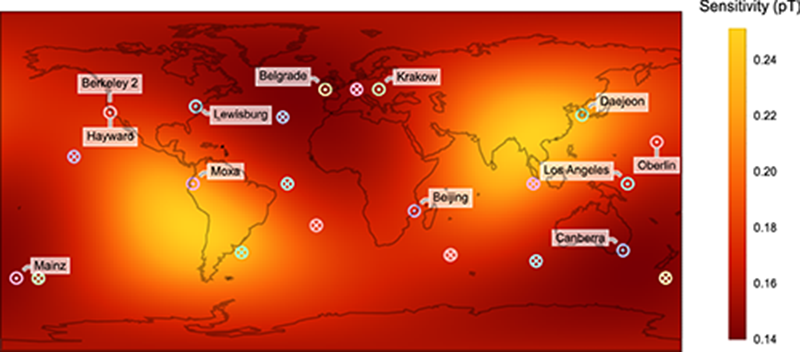
A new method for optimising the arrangements of complex sensor networks could lead to improvements in a variety of cutting-edge experiments: including the ongoing search for Dark Matter
Rather than using a single, centralised sensor to gather data, many experiments deploy multiple sensors in complex networks. This offers numerous advantages: including higher sensitivities and resolutions in experimental measurements, and the ability to catch and correct errors more effectively. Yet with all the complexities involved in managing each sensor, and collecting all of their data streams at once, it can be extremely challenging to determine how the sensors should be arranged to obtain optimal results. Through new research published in EPJ D, Joseph Smiga at Johannes Gutenberg University Mainz proposes a new way to quantify the quality of sensor networks, and uses his methods to suggest improvements to existing experiments.
EPJ D Highlight - Quantum battles in attoscience: Following three debates
- Details
- Published on 21 October 2021

Discussions among an extensive panel of attoscience researchers have clarified points of tension within the field, and offer new suggestions of how research should move forward in the face of these divisions.
In July 2020, 300 researchers from 34 different countries attended the CECAM virtual workshop, ‘Quantum Battles in Attoscience’. EPJ D presents three community papers which emerged from the in-depth panel discussions held at this occasion.
EPJ D Highlight - Understanding the ionisation of proton-impacted helium
- Details
- Published on 06 August 2021
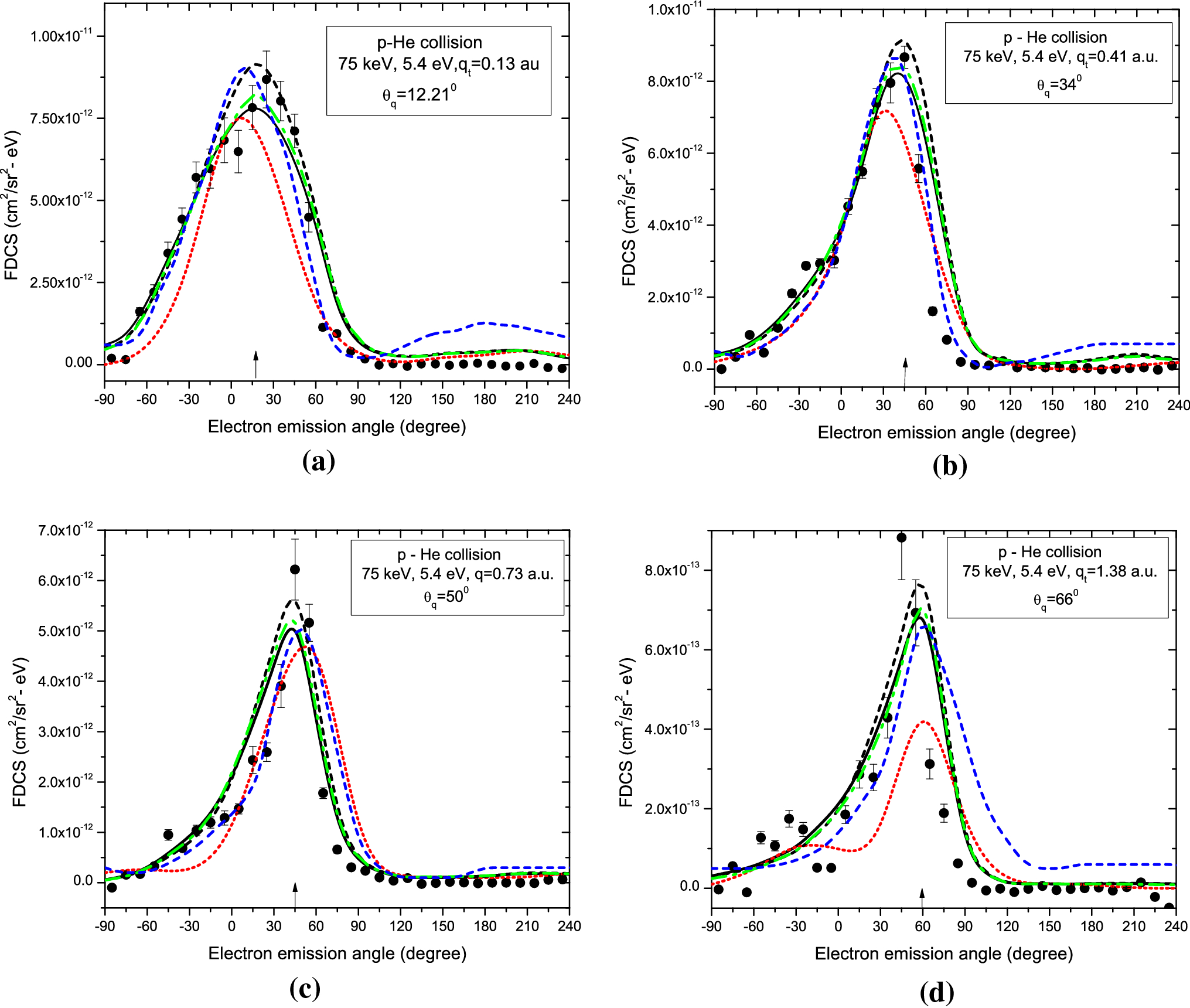
Advanced mathematical analysis of the ionisation of a helium atom by an impacting proton has revealed where discrepancies arise between experiments and existing theoretical calculations of the process
When an atom is impacted by a fast-moving proton, one of its orbiting electrons may be knocked away, leaving behind a positively-charged ion. To understand this process, it is important for researchers to investigate distributions in the angles at which electrons travel when knocked away. In a new study published in EPJ D, M. Purkait and colleagues at Ramakrishna Mission Residential College in India have clearly identified particular areas where discrepancies arise between the angular distributions measured in theories and experiments.
EPJ D Highlight - Uncovering fragmentation differences in chiral biomolecules
- Details
- Published on 05 August 2021
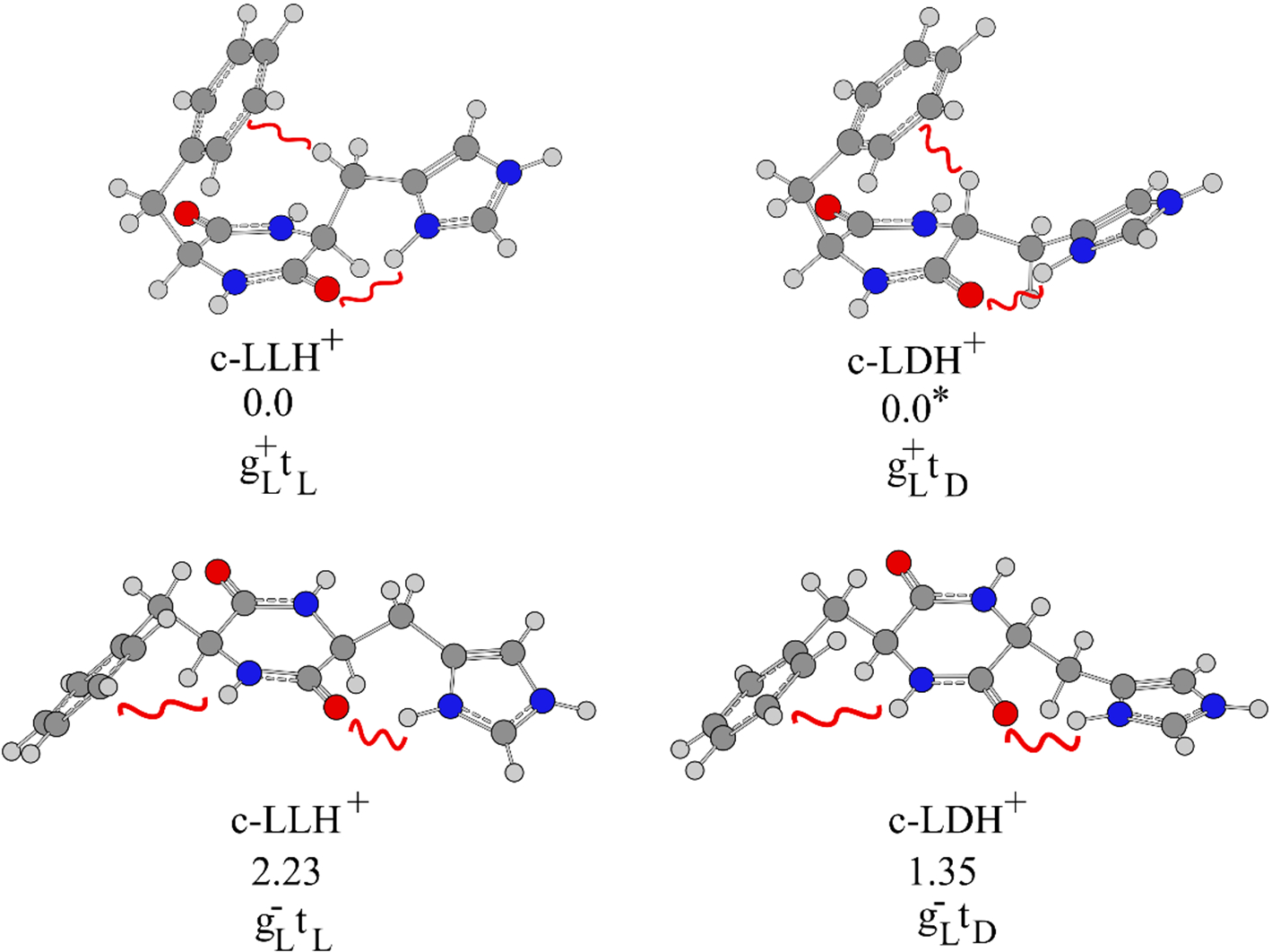
By combining mass spectroscopy with further analytical and simulation techniques, researchers have revealed key differences in the fragmentation of dipeptide biomolecules with different chiral structures
‘Chirality’ describes the difference in structure between two molecules that are, or are close to being mirror images of each other. Although their chemical formulae are identical, these molecules have slightly different properties, making it useful for chemists to distinguish between them. The technique of ‘mass spectroscopy’ can provide detailed information about their complex molecular structures, but it is also blind to any differences between their chiral structures. In new research published in EPJ D, a team led by Anne Zehnacker at Paris-Saclay University combine mass spectroscopy with a range of other simulation and analytical techniques, allowing them to distinguish between two chiral forms of a dipeptide biomolecule.
EPJ D Topical review - Review of experimental and theoretical research on positronium ions and molecules
- Details
- Published on 02 July 2021

The relativistic quantum theory developed by Dirac in the 1930’s is the cornerstone of Quantum Electrodynamics (QED), which has proved to be one of the most successful theories in physics. For example, measurements and QED calculations of the anomalous electron magnetic moment agree to 10 significant figures. Physicists now believe that QED can fully account for all effects that are mediated by electromagnetic interactions.
EPJD has appointed new Editor-in-Chief Joachim Burgdörfer
- Details
- Published on 30 June 2021
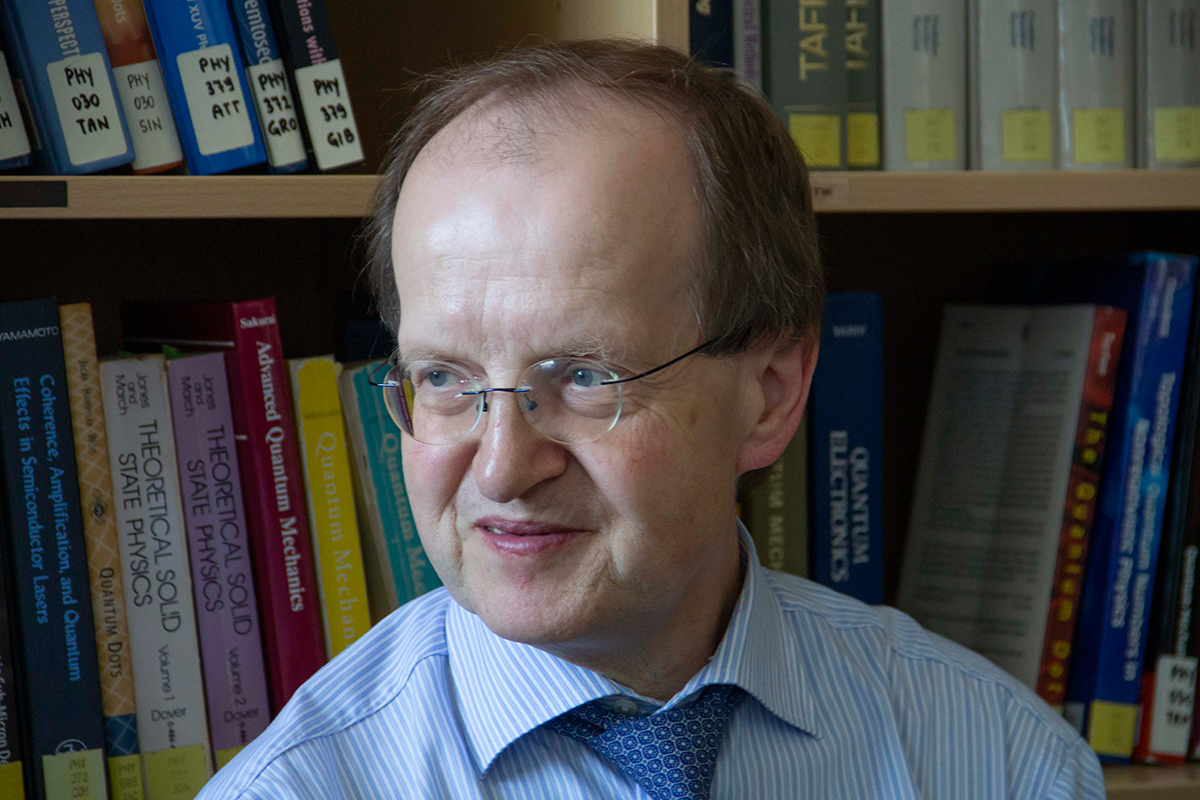
It is with great pleasure that the publishers of European Physical Journal D: Atomic, Molecular, Optical and Plasma Physics can announce the appointment of Prof Dr Joachim Burgdörfer (Vienna University of Technology, Austria) as Editor-in-Chief, effective July 1. A long-standing member of the Editorial Board of EPJD, he succeeds Prof. Dr. Andrey V. Solov'yov, who steps down after almost 7 years in the EiC role.
EPJD Colloquium - Challenges and opportunities in verification and validation of low temperature plasma simulations and experiments
- Details
- Published on 21 May 2021

In the field of plasma physics, simulations are becoming increasingly relied upon to elucidate fundamental plasma phenomena as well as to simulate real-world plasma reactors. This new colloquium published in EPJD provides a description of how one research group (at Sandia National Laboratories) incorporates verification and validation (V&V) processes in their low temperature plasma (LTP) research and development activities.
EPJ D Colloquium - All-atom relativistic molecular dynamics simulations of channeling and radiation processes in oriented crystals
- Details
- Published on 24 March 2021
In a new Colloquium article published in EPJD, authors from the MBN Research Center (Frankfurt am Main, Germany) review achievements made recently in the field of numerical modeling of ultra-relativistic projectiles propagation in oriented crystals, radiation emission and related phenomena. This topic is highly relevant to the problem of designing novel gamma-ray light sources (LSs) based on the exposure of oriented crystals to the beams of charged particles. Crystal-based LSs can generate radiation in the photon energy range where the technologies based on the fields of permanent magnets become inefficient or incapable.
EPJ D Highlight - Investigating dense plasmas with positron waves
- Details
- Published on 19 February 2021
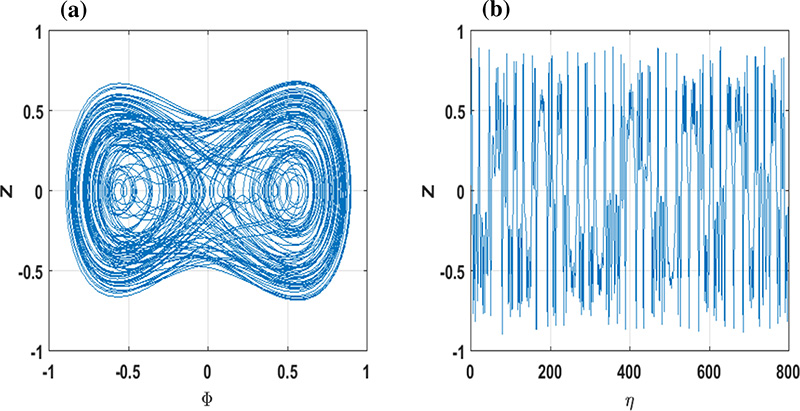
Astrophysical and lab-created plasmas under the influence of magnetic fields are the source of intense study. New research seeks to understand the dynamics of position waves travelling through these clouds of highly ionised gas.
The investigation of Electron-Positron-Ion (EPI) plasma — a fully ionised gas of electrons and positrons that includes astrophysical plasmas like solar winds — has attracted a great deal of attention over the last twenty years. A new study published in EPJ D by Garston Tiofack, Faculty of Sciences, University of Marousa, Cameroon, and colleagues, assesses the dynamics of positron acoustic waves (PAWS) in EPI plasmas whilst under the influence of magnetic fields, or magnetoplasmas.
EPJ D Topical review - A review of the gas and liquid phase interactions in low-temperature plasma jets used for biomedical applications
- Details
- Published on 29 January 2021

Atmospheric pressure plasma jets generated using noble gases have been the focus of intense investigation for over two decades due to their unique physicochemical properties and their suitability for treating living tissues to elicit a controlled biological response. Such devices enable the generation of a non-equilibrium plasma to be spatially separated from its downstream point of application, simultaneously providing inherent safety, stability and reactivity. Underpinning key plasma mediated biological applications are the reactive oxygen and nitrogen species (RONS) created when molecular gases interact with the noble gas plasma, yielding a complex yet highly reactive chemical mixture. The interplay between the plasma physics, fluid dynamics and plasma chemistry ultimately dictates the chemical composition of the RONS arriving at a biological target.




